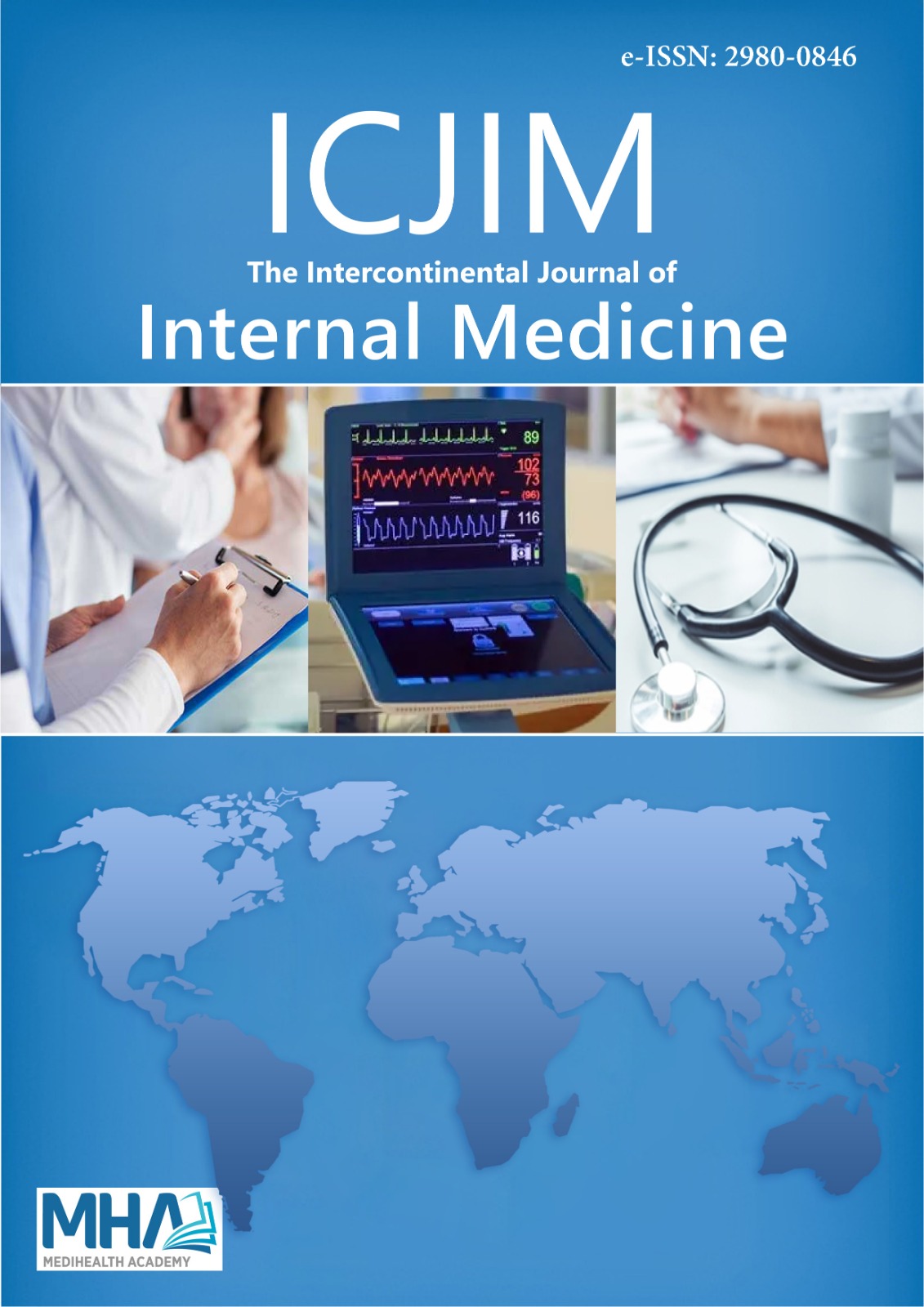1. Menees DS, Bates ER. Evaluation of patients with suspected coronaryartery disease. Coron Artery Dis. 2010;21(7):386-390.
2. Badimon L and Vilahur G. Thrombosis formation on atheroscleroticlesions and plaque rupture. J Intern Med. 2014;276(6):618-632.
3. Vogiatzi G, Tousoulis D, Stefanadis C: The role of oxidative stress inatherosclerosis. Hellenic J Cardiol. 2009;50 (5):402-409.
4. Bonomini F, Tengattini S, Fabiano A, Bianchi R, Rezzani R:Atherosclerosis and oxidative stress. Histol Histopathol. 2008;23(3):381-390.
5. Stocker R, Keaney JF: Role of oxidative modifications in atherosclerosis.Physiol Rev. 2004;84(4):1381-1478.
6. Leopold JA, Loscalzo J. Oxidative risk for atherothromboticcardiovascular disease. Free Rad Biol Med. 2009;47(12):1673-1706.
7. Lubos E, Loscalzo J, Handy D. Glutathione peroxidase-1 in health anddisease: From molecular mechanisms to therapeutic opportunities.Antiox Red Sig. 2011;15(7):1957-1997.
8. Kundi H, Gok M, Kiziltunc E, Cetin M, Ornek E. Association of IGF-1 with coronary collateral circulation in stable coronary artery disease.Biomark Med. 2017;11(7):527-534.
9. Leopold JA. Antioxidants and coronary artery disease: frompathophysiology to preventive therapy. Coron Artery Dis.2015;26(2):176-183.
10. Altıparmak IH, Erkuş ME, Sezen H, et al. The relation of serum thiollevels and thiol/disulphide homeostasis with the severity of coronaryartery disease. Kardiol Pol. 2016;74(11):1346-1353.
11. Kiziltunc E, Gok M, Kundi H, et al. Plasma thiols and thiol-disulfidehomeostasis in patients with isolated coronary artery ectasia.Atherosclerosis. 2016;253:209-213.
12. Cremers CM, Jakob U. Oxidant sensing by reversible disulfide bondformation. J Biol Chem. 2013;288(37):26489-26496.
13. Collet JP, Thiele H, Barbato E, et al.: ESC Scientific Document Group.2020 ESC Guidelines for the management of acute coronary syndromesin patients presenting without persistent ST-segment elevation. EurHeart J. 2021;42(14):1289-1367.
14. Erel O, Neselioglu S. A novel and automated assay for thiol/disulphidehomeostasis. Clin Biochem. 2014;47(18):326-332.
15. Nickening G, Harrison DG. The AT-1-type angiotensin receptorin oxidative stress and hypertension part I: oxidative stress andatherogenesis. Circulation. 2002;105(3):393-396.
16. Ray R, Shah AM. NADPH oxidase and endothelial cell function. ClinSci. 2005; 109(3):217-226
17. Griendling KK, FitzGerald GA. Oxidative stress and cardiovascularinjury part 1: basic mechanisms and in vivo monitoring of ROS.Circulation. 2003;108(16):1912-1916.
18. Sies H. Total antioxidant capacity: appraisal of a concept. J Nutr.2007;137(6):1493-1495.
19. Wang Y, Chun OK, Song WO. Plasma and dietary antioxidant statusas cardiovascular disease risk factors: a reviewof human studies.Nutrients. 2013;5(8):2969-3004.
20. Vaziri ND. Causal link between oxidative stress, inflammation, andhypertension. Iran J Kidney Dis. 2008;2(1):1-10.
21. Cai H, Harrison DG. Endothelial dysfunction in cardiovasculardiseases: the role of oxidant stress. Circ Res. 2000;87(10):840-844.
22. Majzunova M, Dovinova I, Barancik M, Chan JYH. Redox signaling inpathophysiology of hypertension. J Biomed Sci. 2013;20(1):69.
23. Ng C-Y, Yusof K, Othman F, Jaarin K. The role of repeatedly heatedsoybean oil in the development of hypertension in rats: association withvascular inflammation. Int J Exp Pathol. 2012;93(5):377-387.
24. Steyers III CM, Miller Jr JF. Endothelial dysfunction in chronicinflammatory diseases. Int J Mol Sci. 2014;15(7):1324-1349.
25. Agan V, Celik H, Eren MA,et al. Investigation of oxidative stress andthiol/disulphide homeostasis in Graves’ disease. Medicina (Kaunas).2019;55(6):275.
26. Biswas S, Chida AS, Rahman I. Redox modifications of protein-thiols:emerging roles in cell signaling. Biochem Pharmacol. 2006;71(5):551-564.
27. Koken,T. Kahraman, A. Serteser, M. Hemodiyalizin protein karboniliçerigi ve sülfidril grupları üzerine etkisi. Türk Nefrol Diyal TransplantDerg. 2001;10(2):64-66.
28. Sen, C.K. Packer, L. Thiol homeostasis and supplements in physicalexercise. Am J Clin Nutr. 2000;72(2):653-669.
29. Elcik D, Kelesoglu S, Yilmaz Y, et al. Relationship between thiol,disulphide volume and contrast-induced nephropathy in acute coronarysyndrome patients treated with percutaneous coronary intervention.Scand J Clin Lab Invest. 2021;81(3):173-180

